This Is Your Brain on Math: The Science Behind Culturally Responsive Instruction
ED Surge
NOVEMBER 17, 2023
Brain science research is increasingly bolstering the idea that math instruction rooted in culturally relevant problem-solving helps students draw from their lived experiences and activates distinct areas of the brain, producing durable and deep learning.

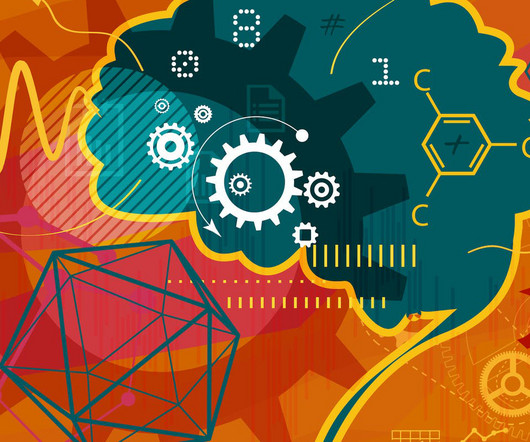

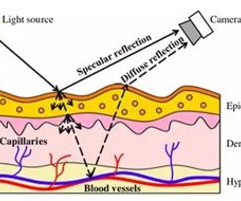

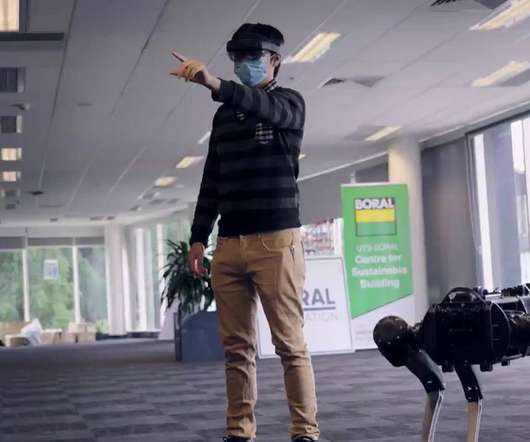


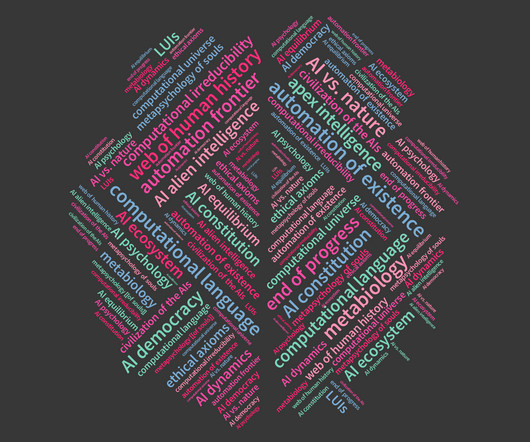
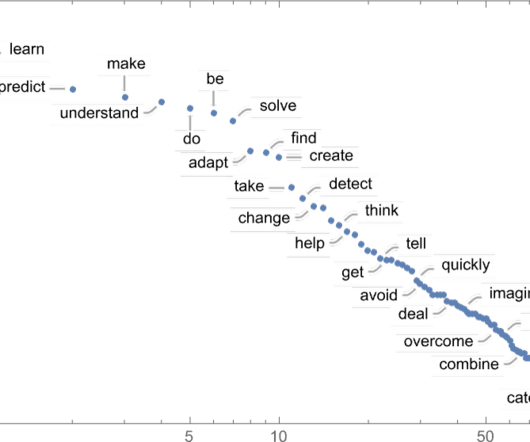

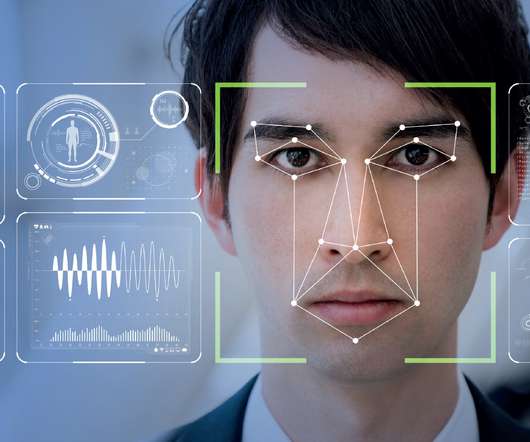






Let's personalize your content